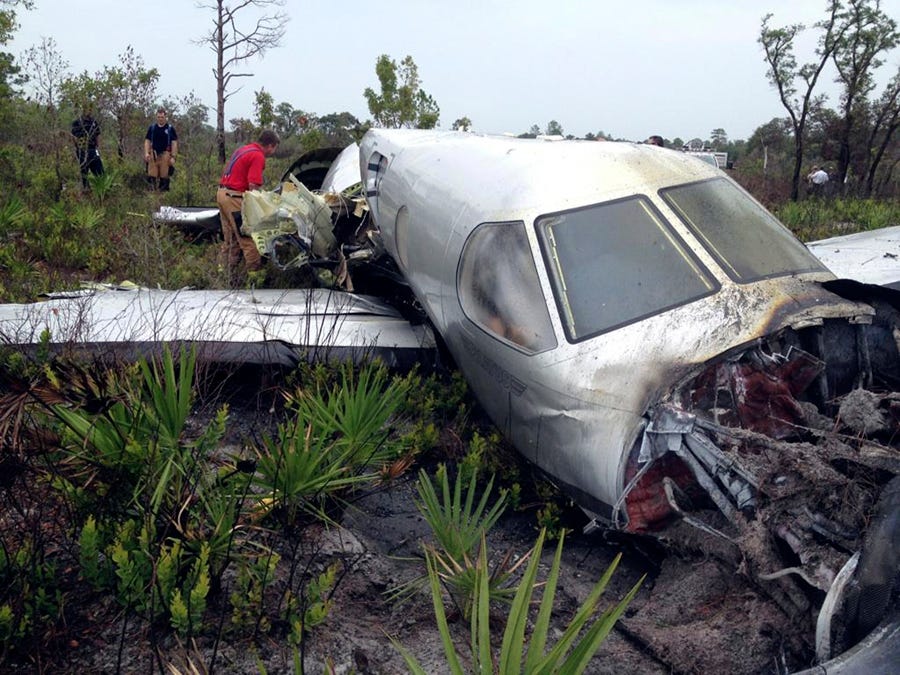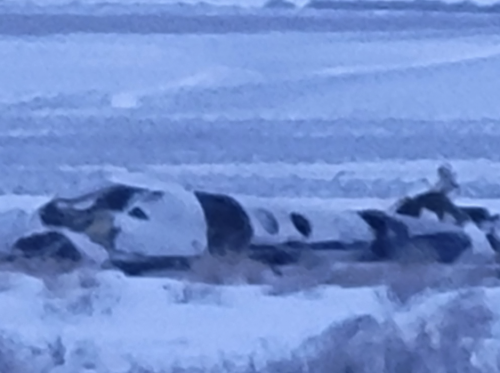One thing's for sure, you definitely fit in over at APC.

But anyway. Spatial disorientation, okay. Certainly possible - and I don't think anyone has indicated otherwise. Offer up some solutions, objectionable by the industry or not. How do we fix it?
I've always thought that one thing the industry could do is focus more on being 'startled' into suddenly having to hand fly. We all do just fine when we know it's coming, but perhaps the transition our brains are forced to make from being the aircraft manager to suddenly having to rely on our scan is problematic - especially when a lot of other stuff (weather, failures, etc) is going on.






